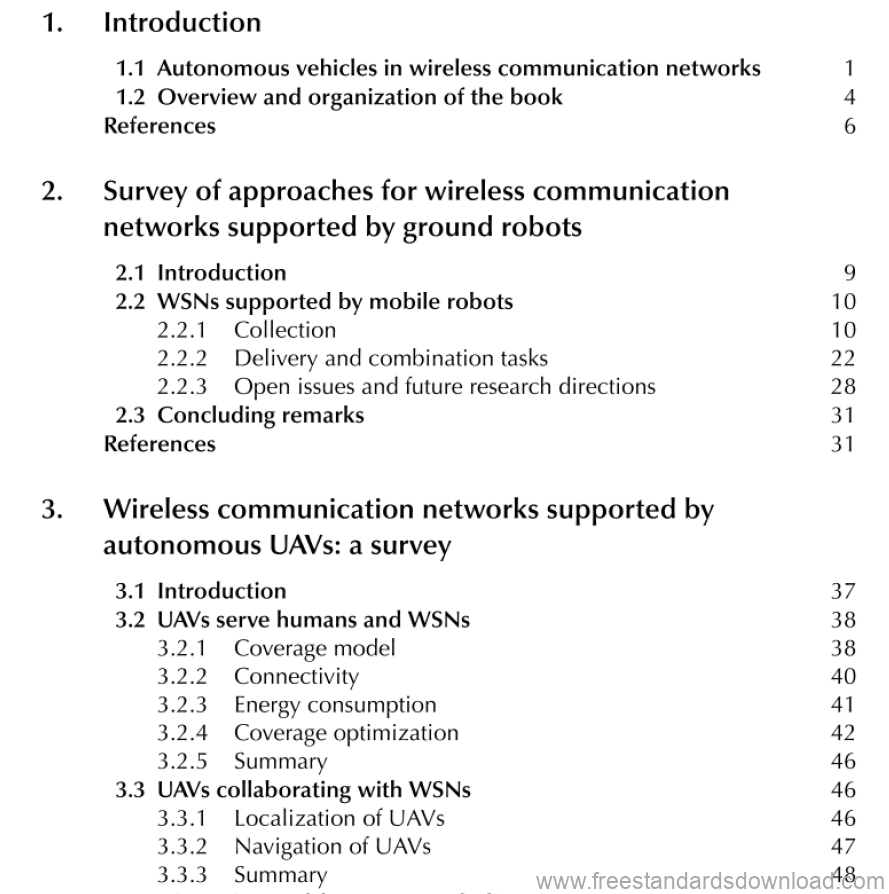Autonomous vehicles,such as mobile ground robots and unmanned aerial vehi-cles (UAVs),have reshaped our modern life.Thanks to lightweight and low-costcomponents,autonomous vehicles have become new means to conduct danger-ous and time-consuming missions.Typical examples include the inspection ofdisaster areas [1] and power line inspection [2].In recent years,mobile groundrobots and UAVs have been widely used to assist wireless communications.Specifically,they can play the role of either data sinks to collect sensory datafrom sensor nodes deployed in a field [3] or the access points to extend the cov-erage communication service [4].In such applications,the design of approachesgenerally follows a four-layer framework,which consists of scheduling,pathplanning,motion control,and communication protocols.
Scheduling.Given a number of autonomous vehicles to execute the expected
mission,the scheduling of vehicles determines the overall performance.Thescheduling problem is one of the best-known combinatorial optimization prob-lems [5] and has attracted lots of interest.The scheduling of vehicles refers tothe task allocation to each vehicle,so that a certain metric,e.g.,the cost or thecompletion time,is optimized.Under different scenarios,in the scheduling ofvehicles some constraints also need to be considered.For example,one task canbe conducted only if another is completed first,and one task must be conductedwithin a certain time window.


